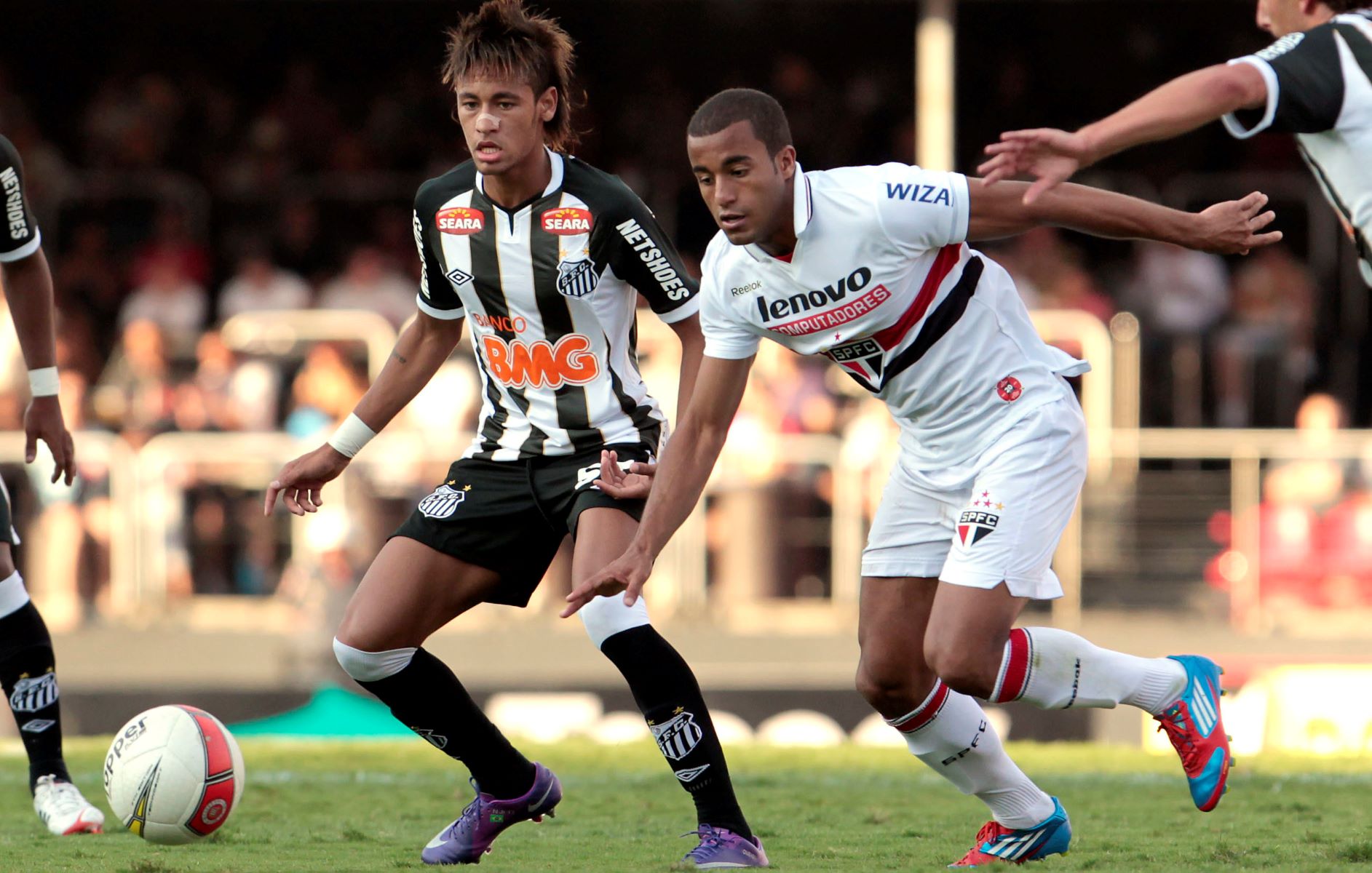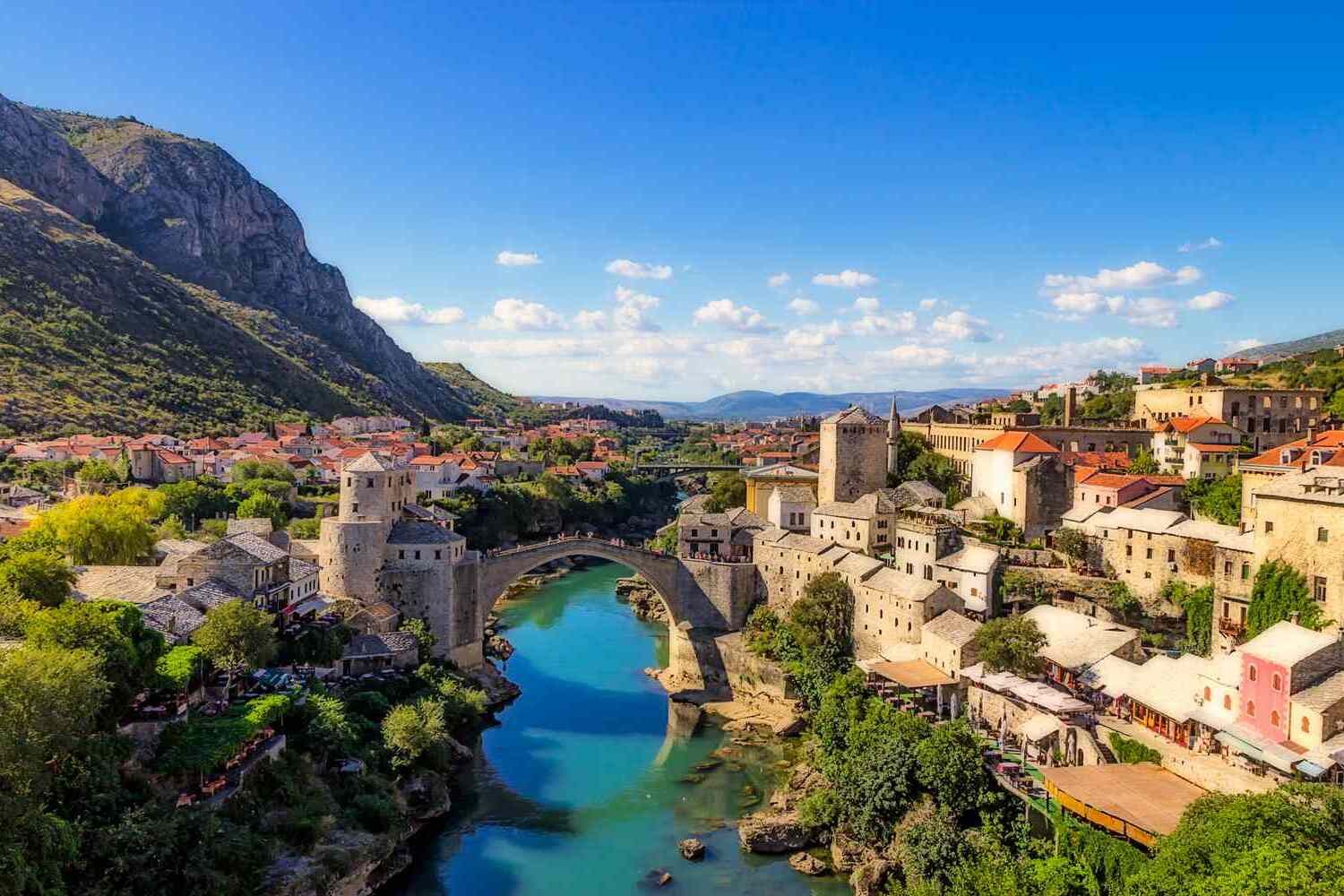
South American football clubs are steeped in history, passion, and a rich tapestry of triumphs and heartaches. From the bustling streets of Buenos Aires to the vibrant neighborhoods of Rio de Janeiro, these clubs are more than just teams; they're a way of life for millions. South American football embodies a unique blend of flair, skill, and an undying love for the game. Whether it's the electric atmosphere of a Boca Juniors match or the storied rivalry between Flamengo and Fluminense, each club has its own fascinating story. In this introduction, we'll uncover 20 captivating facts about these clubs, shedding light on their achievements, cultural impact, and the legends who have walked their hallowed grounds. Get ready to be enthralled by the magic of South American football, where every match tells a story and every fan's voice sings the history of their beloved club.
The Birth of South American Football Clubs
South American football clubs have a rich history that dates back to the late 19th and early 20th centuries. Many of these clubs were founded by European immigrants who brought the game across the Atlantic, blending local cultures with European football traditions.
-
Club Atlético River Plate, one of Argentina's most successful clubs, was founded in 1901. Its name and emblem were inspired by the English name for the estuary forming the border between Argentina and Uruguay.
-
In Brazil, Santos FC, where Pelé spent the majority of his career, was established in 1912. This club has become synonymous with producing talent that has graced the global stage.
Iconic Stadiums and Their Stories
Stadiums in South America are not just sports venues; they're cathedrals of football, holding stories of triumph, tragedy, and unbreakable community spirit.
-
Estadio Maracanã in Rio de Janeiro, Brazil, is one of the most iconic football stadiums in the world. It hosted the 1950 FIFA World Cup final, where Uruguay stunned Brazil in front of nearly 200,000 fans.
-
La Bombonera, the home of Boca Juniors in Buenos Aires, Argentina, is famous for its vertical stands and incredible atmosphere. Its official name is Estadio Alberto J. Armando, but it's affectionately known as La Bombonera, meaning 'The Chocolate Box' in Spanish.
Rivalries That Define the Game
Rivalries in South American football transcend the sport, reflecting social, cultural, and sometimes political divides.
-
The Superclásico between River Plate and Boca Juniors in Argentina is one of the most intense rivalries in world football. Matches between these two teams are highly anticipated events, drawing attention from fans worldwide.
-
In Brazil, the Fla-Flu derby, a contest between Flamengo and Fluminense, showcases the passion and vibrancy of Brazilian football. It's named after the two clubs and is celebrated for its colorful displays and spirited fan bases.
Legendary Players and Their Legacy
South American clubs have been the breeding grounds for some of football's greatest talents, who have left an indelible mark on the sport.
-
Diego Maradona, arguably football's greatest player, began his career at Argentinos Juniors before moving to Boca Juniors. His legacy is felt strongly at both clubs.
-
Pelé, known as the King of Football, scored over 600 goals for Santos FC, making the club a household name worldwide. His contribution to the club and country is unparalleled.
International Success and Club Competitions
South American clubs have a storied history in international competitions, showcasing their quality on the global stage.
-
Clubs from South America have won the Copa Libertadores, the continent's premier club competition, more than 60 times since its inception in 1960. This tournament has been a platform for local talents to shine internationally.
-
Independiente of Argentina holds the record for the most Copa Libertadores titles, with seven victories. This achievement has earned them the nickname "King of Cups."
Youth Development and Its Impact
Youth development systems in South American clubs are renowned for producing world-class talent, contributing significantly to the global football landscape.
-
FC Barcelona's Lionel Messi, widely considered one of the best players of all time, was originally spotted by scouts while playing for Newell's Old Boys in Argentina. His early development at the club laid the foundation for his future success.
-
Many South American football clubs operate extensive youth academies, which focus on nurturing young talent from a tender age. These academies are crucial for the clubs' long-term success and sustainability.
The Cultural Impact of Football Clubs
Football in South America is more than just a game; it's a vital part of the cultural fabric, influencing music, art, and even politics.
-
Songs and chants created by fans of South American football clubs often become hits, transcending the sport and entering popular culture.
-
Murals and graffiti depicting club legends and iconic moments can be found throughout cities, showcasing the deep connection between the clubs and their communities.
The Future of South American Football
As the world of football continues to evolve, South American clubs face challenges and opportunities in equal measure.
-
The digital revolution has allowed clubs to connect with fans globally, opening up new revenue streams and increasing their international fan base.
-
However, financial disparities and the lure of European football pose significant challenges, as clubs must find ways to retain their top talents.
-
Despite these challenges, the passion and talent within South American football remain undiminished, promising a bright future for clubs across the continent.
-
Innovations in youth development and scouting are ensuring that South American clubs continue to produce some of the world's best football talents.
-
The integration of technology in training and match analysis is helping clubs to stay competitive on the international stage.
-
Finally, efforts to improve stadium safety and fan experience are making football matches more accessible and enjoyable for fans, ensuring the game's growth for generations to come.
A Final Whistle on South American Football Clubs
We've journeyed through the vibrant world of South American football clubs, uncovering stories that stitch together the fabric of this continent's passion for the beautiful game. From historic victories to legendary players, these clubs aren't just teams; they're communities, they're families, uniting fans across borders with a shared love for football. Whether it's the electric atmosphere of a Boca Juniors match or the storied rivalry of Flamengo and Fluminense, each club brings its unique flavor to the pitch. Remember, it's not just about the trophies or the titles; it's the spirit, the culture, and the undying loyalty of the fans that truly define South American football. So, next time you catch a match, know you're witnessing more than a game; you're diving into a rich, pulsating heart of tradition and passion.
Was this page helpful?
Our commitment to delivering trustworthy and engaging content is at the heart of what we do. Each fact on our site is contributed by real users like you, bringing a wealth of diverse insights and information. To ensure the highest standards of accuracy and reliability, our dedicated editors meticulously review each submission. This process guarantees that the facts we share are not only fascinating but also credible. Trust in our commitment to quality and authenticity as you explore and learn with us.


